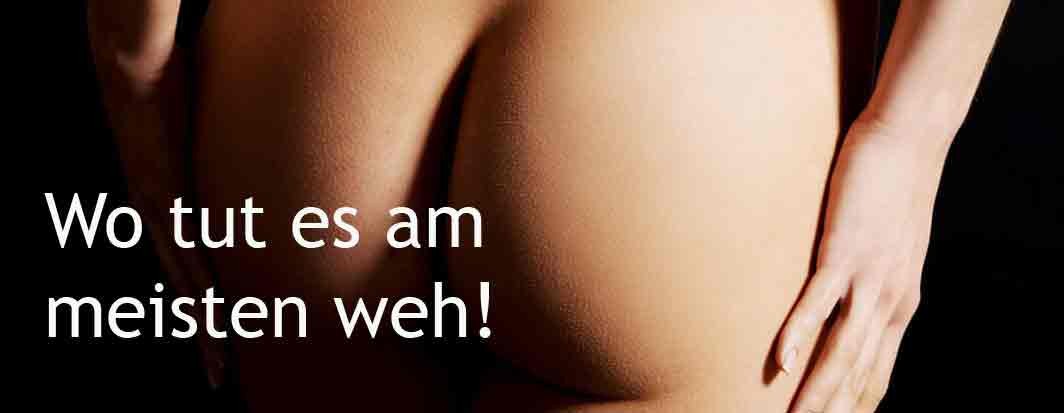Haemorrhoid Treatment Costs
How much does haemorrhoid treatmwnt cost?
Typical costs:
For patients not covered by insurance, haemorrhoid treatment costs depend on the type of treatment performed. For foam sclerotherapy and rubber band ligation — sometimes called “banding” — the cost usually ranges from €500 to €1,500, depending on the number of session required. Per session the doctor uses usually 2 to 5 bands depending on the degree of disease and the size of the ligature, the more bands used, the more effective is the treatment, but multiple bands may be painful in certain cases and, therefore, each treatment should case dependent. For laser ablation and THD (transanal haemorrhoidal dearterialization), the cost per treatment usually ranges from €1,200 to €1,500, with an average of 2 treatments required, for a total of about € 3,000. Surgery for skin tags and piles is €1,200 per segment removed, and stapler resection (Longo, PPH, STARR) ranges from about €9,000 to €11,000.
Haemorrhoid treatment usually is covered by health insurance and necessary surgery would be covered, unless covered in a specific exclusion. For patients with insurance, t
What should be included:
A doctor can recommend a type of treatment based on the symptoms and characteristics of the hemorrhoids.
For internal, bulging hemorrhoids, rubber band ligation often is used. In this mildly uncomfortable outpatient treatment, the doctor places a rubber band around the base of the hemorrhoid, cutting off the blood supply. The hemorrhoid and band fall off in the following days. For bleeding haemorrhoids in patients under anticoagulation therapy, foam sclerotherapy is preferred.
Other options should be reserved for patients presenting active hemorrhoidal disease despite lifestyle/diet interventions, drug therapy, and minor office procedures such as rubber band ligation or sclerotherapy. Indications should be established on the basis of the patient’s symptoms and physical findings. Transanal hemorrhoidal dearterialization and laser ablation, the doctor uses a doppler assisted device to locate feeding vessels to the haemorrhoids and destroying them through laser application or suture ligature, causing it to shrink.
For internal or external hemorrhoids, surgery is considered the most complete method of removal and, depending on the extent of disease may require hospitalization. The patient is placed under anesthesia, then the doctor takes out or staples off the bleeding or protruding tissue.
Additional costs:
The initial consultation fee up to €250.
Laser surgery for haemorrhoids is much more expensive than conventional surgery, but has not been proven to be more effective or less painful.
Especially with ligation and sclerotherapy, the treated haemorrhoid can return, requiring more treatment.
Conservative house treatment for haemorrhoids:
For mild cases of hemorrhoids, inexpensive home treatments, such as eating more fiber-rich fruits and vegetables, drinking more fluids and sitting in warm baths for 10 minutes at a time often are recommended.

